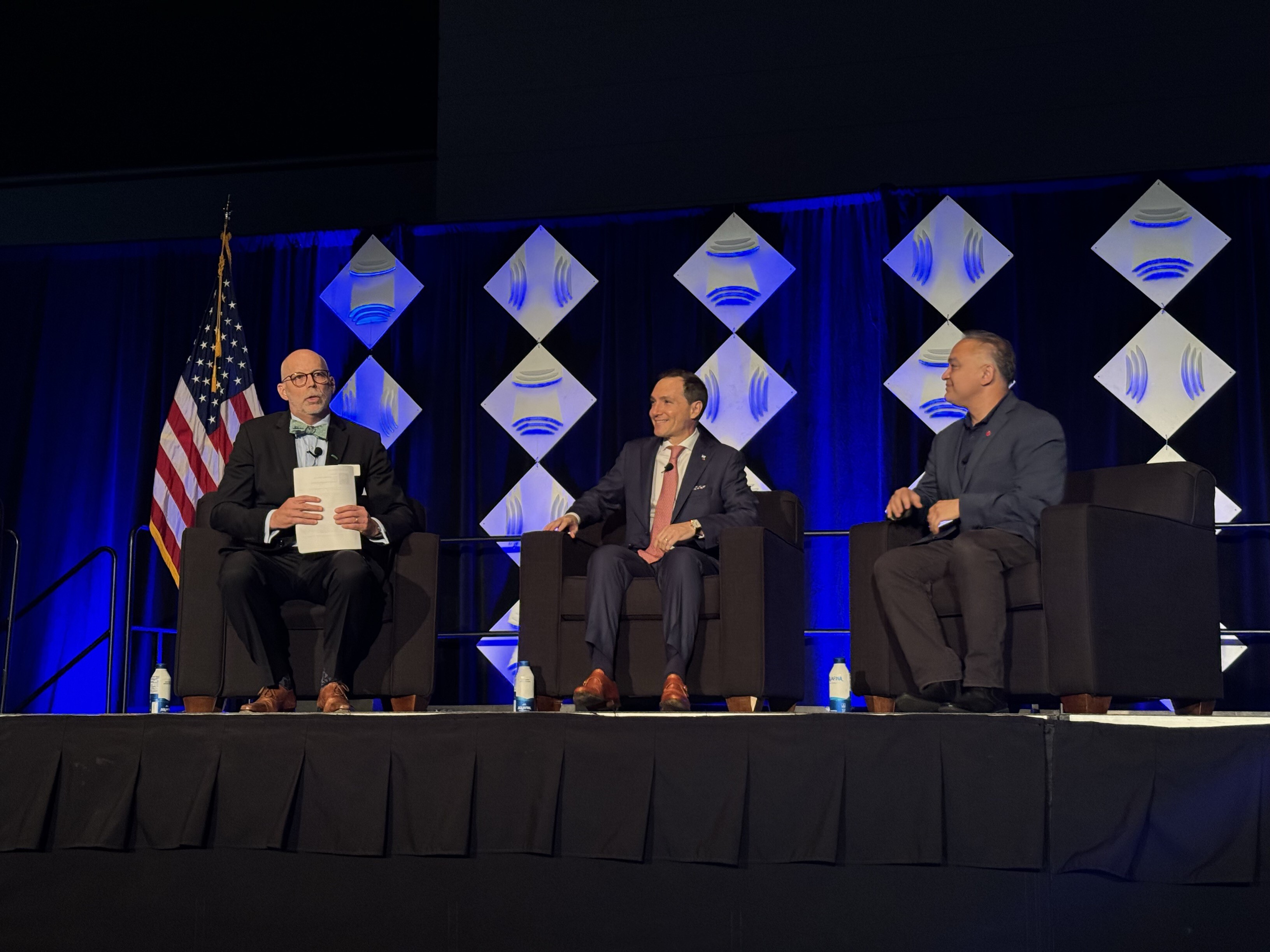Often Overlooked American Requirements for Food Service Equipment Manufacturers

When it comes to designing food equipment, it makes sense for hygienic design to be the top focus. But what about the electrical components of the product? While sometimes overlooked, this area is essential to keeping employees and consumers safe.
In fact, electrical equipment sold in the United States is required to meet safety codes that help to protect both workers and other equipment. With the food service equipment market growing at a robust rate of 5.3% globally and renovations of commercial kitchens on the rise, electrical safety is more important than ever before. It is imperative for food service equipment manufacturers to be aware of the requirements for products sold and used in the United States and Canada.
Electrical Code Requirements
Food service equipment with electrical components used and sold in the United States and Canada are required to meet the National Electrical Code (NEC) and the Canadian Electrical Code (CEC), respectively. This includes products such as cooking equipment, refrigeration equipment and powered food preparation equipment. Both the NEC and the CEC require certification from a Nationally Recognized Testing Laboratory (NRTL) and/or an accredited Certification Body (CB), such as NSF. The certification process to meet these codes includes product testing and an assessment of the production site to determine if the products meet the requirements of the standard. To help ensure that manufacturing maintains compliance after the product is listed, follow-up inspections at the facility are conducted to assess product safety as well as to minimize the manufacturer’s risk and liability. Modifications to certified electrical equipment also require additional evaluation to verify safety standard compliance.
Field Evaluations
For some custom equipment, or electrical products with a low manufacturing volume, product certification may not be feasible. However, manufacturers are still required to meet U.S. and Canadian electrical requirements for these products. In these situations, NSF conducts electrical field evaluations to determine if the product is compliant and safe to use by evaluating the equipment against relevant safety standards. Products that are compliant receive an NSF label placed on the equipment, showing that it has been verified as safe and compliant for use in accordance with the field evaluation criteria.
Safety First
Some of the most common safety hazards within commercial kitchens are slippery surfaces, fires, burns and electrical equipment. Electrical equipment poses a safety risk of electrical shock and skin burns from live parts and fire due to incompatible equipment. Providing a safe workspace for employees is a top priority for restaurants to protect the their team’s health, their brand and profits. It is imperative for manufacturers to eliminate safety hazards in electrical equipment. By getting your equipment certified and/or tested, you minimize risks that your equipment poses.
Efficiency in Restaurant Operations
With the rise in pickup and delivery orders, restaurants are under growing pressure to operate with speed and efficiency. A study conducted by NSF found that more than seven out of 10 quick-service restaurants surveyed reported problems caused by malfunctioning equipment, directly impacting menu item availability and increasing food safety issues. As a result, there is a demand for food service equipment to be safe and ready to use. Equipment that has been verified through a certification and/or field evaluation can help to minimize delays with restaurant operations and site openings. Proper testing can also decrease the likelihood of increased costs for equipment modification at the installation site. By meeting NEC and CEC product requirements, manufacturers can enhance their competitive advantage and win customers when going to market.
Ready To Begin the Certification Process?
Contact us with questions or to receive a quote.
Source
Apec. (2022. April 20). Minimizing Risk in Food Processing: Worker Safety, Sanitation and Traceability. Retrieved from: www.apecusa.com/blog/minimizing-risk-in-food-processing-worker-safety-sanitation-and-traceability/
How NSF Can Help You
Get in touch to find out how we can help you and your business thrive.

What’s New with NSF

NSF Shanghai Named Critical Site for NSF/ANSI 455 and NSF/ANSI 173 by ANSI National Accreditation Board
July 26, 2024
NSF Takes Center Stage at NEHA Annual Education Conference
July 25, 2024
NSF Asia Pacific Showcases Hospitality Solutions at THAIFEX HOREC Asia 2024 in Bangkok, Thailand
July 4, 2024